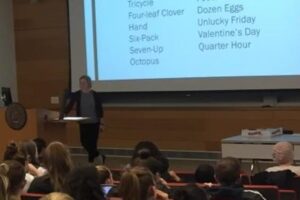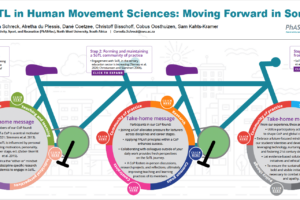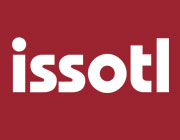
Defining Active Learning: A Restricted Systematic Review
By Peter Doolittle, Krista Wojdak and Amanda Walters
Active learning has become the sine qua non of quality higher education pedagogy. If one’s
teaching fosters active learning, then all is well . . . sort of . . . potentially . . . maybe.
One of the issues with active learning is fundamental: What is it? A reasonable question we
thought. In retrospect, not so much. In searching to find a good canonical definition of active
learning, we came across Dreissen et al. (2020) who investigated active learning definitions in
biology education research (BER) and found that the vast majority of published works in BER
don’t bother to define it. The term is simply used, as if everyone already knows what it means, a
case of I’ll know it when I see it. The lack of an agreed upon definition makes generalizing in
regard to active learning and conducting active learning research problematic. Are we all even
talking about or researching the same thing?
In pursuit of a reasonable and agreed upon definition for active learning, we embarked on a
restricted systematic review of “active learning” addressing both the social sciences and STEM
sciences research, expanding the field of inquiry beyond Driessen et al.’s BER focus, using the
PRISMA guidelines for conducting a systematic review. Using the PRISMA guidelines directs
one’s efforts toward creating a research study that is transparent from research question to
literature search to data analysis.
We discovered it is not for the faint of heart—detail is everything. A raw and unrestricted search
of the SCOPUS database for “active learning” yielded more than 90,000 document results. We
simply don’t read that fast. The PRISMA guidelines provided railings for refining search strings
and creating inclusion and exclusion criteria. Through a more exacting search, we were able to
narrow our field of vision from 90,000 to 1,571 and then from 1,751 to 547 documents through
inclusion and exclusion criteria, while increasing the veracity of our reviewed documents.
Following a qualitative analysis, a representative definition emerged: Active learning is a
student-centered approach to the construction of knowledge focused on activities and strategies
that foster higher-order thinking. Is that the truth? Are we done? Not really. But it’s a good start.
Read the TLI article here.




